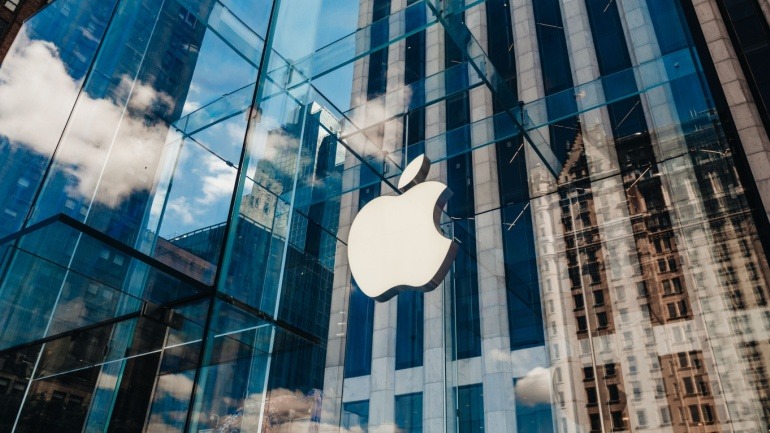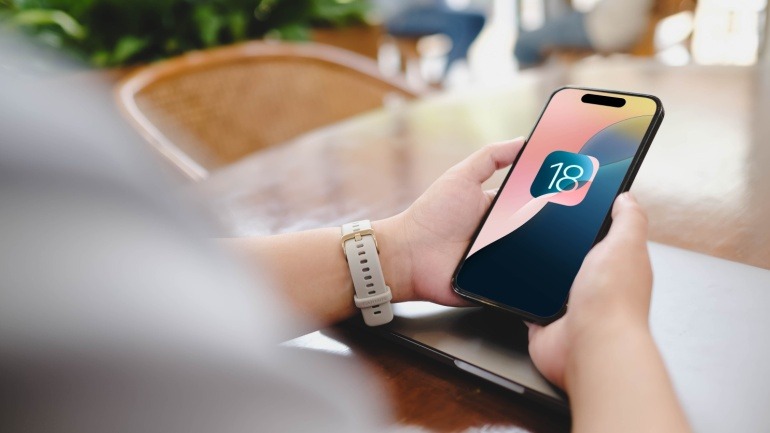Apple’s recent decision to adopt Rich Communication Services (RCS) has sent shockwaves through the messaging landscape, driving broader RCS adoption. RCS, an upgrade from traditional SMS, promises richer, more interactive messaging features that allow users to send high-quality media, see read receipts, and enjoy smoother conversations across devices.
In this exclusive Q&A, we speak with Robert Gerstmann, Chief Evangelist and Co-Founder of Sinch, to delve into Apple’s adoption of RCS. Known for pioneering advancements in mobile enterprise communications, Gerstmann has played an instrumental role in shaping the Sinch brand and its global strategy. With over 15 years of experience, he offers an insider perspective on how Apple’s embrace of RCS could reshape messaging dynamics, bridge compatibility gaps between iOS and Android, and open new avenues for business communication.
Read on as Gerstmann unpacks the opportunities and challenges of this pivotal shift in mobile messaging, offering a blueprint for businesses keen to stay ahead in a rapidly evolving digital landscape.
Why was Apple late to adopt RCS and how might this shift impact the competitive landscape?
While Apple has come to RCS late, this is a great opportunity for consumers and brands, given the growing demand for interoperability between popular messaging platforms. The messaging experience between iOS and Android users will become much smoother largely removing the messaging experience as a reason for a consumer to get either an Apple or an Android phone. It will also level the playing field with Android in business messaging, without compromising iPhone’s core appeal.
How do you see global RCS adoption changing after Apple’s involvement?
Apple jumping on board with RCS will definitely speed up its global adoption. A large part of the global mobile market uses iPhones. With Apple having integrated RCS, carriers, businesses, and consumers will increasingly start using RCS to take advantage of richer messaging features. Apple’s inclusion makes it easier for businesses to reach customers on both Android and iPhone with things like rich media and interactive messaging.
What improvements will users see with RCS over SMS?
Users on iPhone and newer Android phones have already moved away from SMS leveraging iMessage and RCS respectively. However replacing SMS with RCS for users texting between iOS and Android handsets will bring with it major improvements. Users can send high-quality media – such as pictures and videos – without the quality degrading or see when someone’s typing or has read their messages, and enjoy group chats between iPhones and Androids without them breaking. In addition, messages from brands to consumers will become more secure with the sender being verified, more delightful with pictures and video instead of text only and more powerful with the ability to have a conversation with the brand instead of one-way messages only.
How will Apple’s RCS support impact A2P (Application-to-Person) messaging?
Apple adopting RCS will give businesses a huge boost in A2P messaging given it means that RCS will eventually become ubiquitous across all mobile phones globally. Brands will be able to use richer, more engaging content like images, videos, and interactive messages to communicate with customers. This will improve customer service, marketing campaigns, and overall engagement compared to traditional SMS, giving RCS a real edge in business communication. Furthermore the fact that brands using RCS will be verified by the mobile operators will mean that the trust in messaging as a channel will increase.
Does Apple’s move to RCS suggest a broader shift towards cross-platform compatibility?
Apple’s RCS move might suggest they are directly responding to user and institutional demands, but this does not necessarily point to a complete change in philosophy. Apple will likely continue prioritizing iMessage as its premium service, but this shows they are willing to adapt to improve communication between iOS and Android when necessary, especially with external pressures pushing for more openness.
How is Sinch preparing for opportunities created by Apple’s RCS adoption?
Sinch is ready to help businesses make the most of RCS by offering tools that allow more interactive communication. With Apple now adopting RCS, Sinch can help companies deliver better customer experiences on iPhones, too. Businesses will be able to use Sinch’s platform to offer more personalized, engaging messaging, tapping into new opportunities for customer interaction.
What advice would you give businesses looking to capitalize on RCS in iOS?
To get going, businesses should focus on converting their existing SMS experiences to RCS. This immediately gives benefits such as branded messages and the sender being verified thus improving user experience and trust. Subsequently as businesses build experience on how to leverage RCS they should focus on creating engaging, interactive content with RCS, such as rich media, video, and chatbots, which goes beyond what is possible with SMS today. Personalizing messages will be key to grabbing attention and improving customer relationships. RCS is perfect for marketing, customer service, and transactional messages, so businesses should think about how they can integrate it to make their communications more dynamic and user-friendly.







